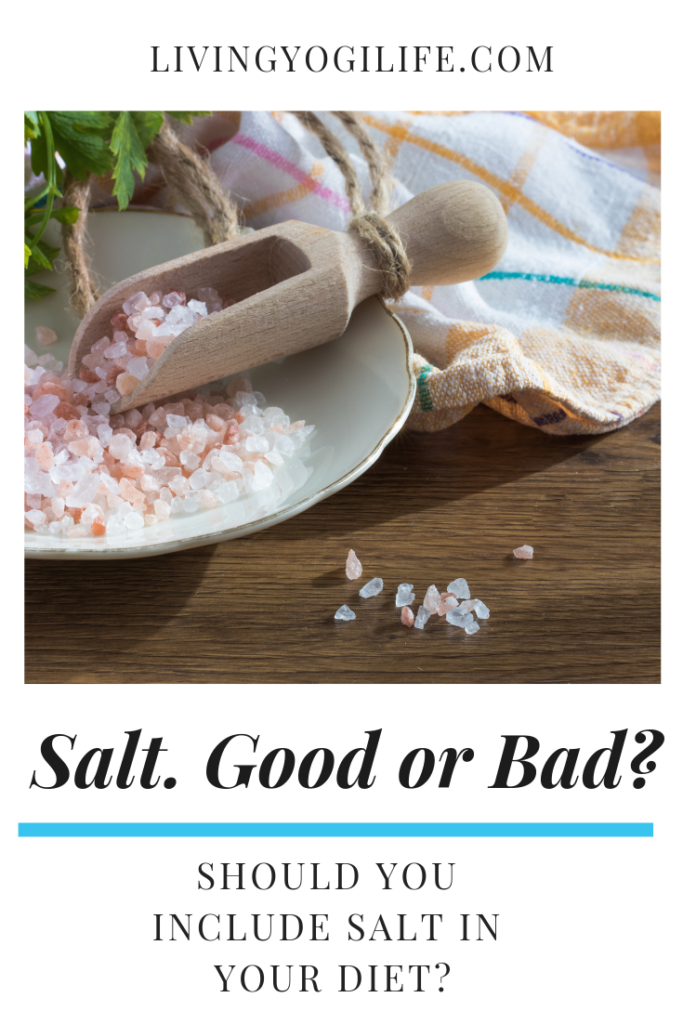
There are three main types for cardiovascular disease prevention: primordial, secondary and secondary. Each one is made up of the same elements but has different effects and starting points. To make prevention more effective, patients must be aware of their risks factors and devise a personalized plan. You want to live a long and happy life, and reduce your chance of getting heart disease. Read on for tips on how to prevent heart disease. This article discusses the treatment options and different types of heart disease.
First, focus your efforts on a healthy diet. A heart-friendly diet includes a high intake of fiber, low salt, and high levels of vitamins and minerals. Next, it is important to eliminate processed food like white breads and processed snacks. These foods are not good for your heart, unless they have high fiber content. You can also avoid packaged snacks and fast-food. Finally, avoid reaching for the salt shaker. A high level of sodium can lead to cardiovascular disease.

In addition to eating a healthy diet, it's also important to exercise regularly. Experts recommend 150 minutes of moderate exercise per week, which is about 20 minutes each day. They also recommend eating low-calorie foods and choosing low-calorie options. A regular exercise program can also lower blood pressure, prevent heart disease, and help you stay healthy. Heart disease prevention can be achieved by practicing mindfulness and managing stress. Changing your lifestyle is easier than you think and it's not difficult!
Healthy diets can help reduce your risk of heart disease. A diet high in fruits, vegetables and other healthy foods can reduce your chance of getting the disease. Low-fat protein and beans are also excellent sources of protein and may reduce your risk. Certain fish are also high in omega-3 fatty acids, which may help you reduce your risks of cardiovascular disease. You can incorporate these strategies into your daily life, if time allows.
Smoking is a significant risk factor for developing heart disease. Stop smoking to lower your risk of coronary artery diseases. If you smoke, you should quit. You are better for your heart if you quit smoking. Additionally, secondhand smoking will reduce your risk for coronary artery diseases. You should stop smoking if your are a smoker. This will decrease your risk for heart disease.

Heart disease prevention is a lifelong endeavor. Although it can be difficult to spot, heart disease can increase your risk of developing serious conditions such as heart failure. It is important to take steps to reduce the risks of heart disease. Healthy habits can help reduce the chance of getting the disease. This will ensure that you live a long and happy life. The more you do, the healthier you'll be.
FAQ
What does butter do for men?
Butter is one of the best sources of saturated fats. This fat is good for hair and skin health, as well as stronger bones.
Butter also contains vitamin K, which prevents bleeding from cuts and bruises. Vitamin K works with vitamin A to prevent bleeding.
Butter is also rich with minerals, such as calcium and phosphorous. These minerals promote stronger bones, teeth, and teeth.
Butter has its drawbacks. Butter contains high levels of cholesterol. Some studies show that consuming too much cholesterol may increase the risk of developing cardiovascular disease.
Also, butter is high in saturated fat, contributing to obesity and increased cholesterol levels.
However, if you must have butter, try spreading it on bread rather than dipping it into soup or salad. Bread absorbs oil more than pasta or potatoes.
Do Men Need A Gym Membership?
A gym membership does not have to be required for men. You will get more value for your money if you join the gym.
Many gyms offer free trial memberships that allow you to test the facilities before signing up for any monthly fees.
The gym is free to use whenever you wish, and there are no fees. Your membership can be cancelled at any time you choose to love it or not.
Are you a cardio-exercise fan?
Cardiovascular exercise has many advantages. It increases blood circulation, strengthens the heart muscle, boosts stamina, aids in weight loss, and gives you more energy.
Cardiovascular exercise includes running, biking, hiking, swimming, tennis, basketball, soccer, volleyball, football, etc.
It is important to keep in mind that cardio exercises should not only be performed at a high level of intensity, but also at low levels. This could cause injury.
Only do the cardio exercise when you are feeling good.
Don't push yourself beyond what you can handle. In this way, you may injure or even kill yourself.
Begin by warming up before engaging in cardio exercise. You can then gradually increase your intensity.
Always listen to your body. If you feel pain during cardiovascular exercise, stop immediately.
After a cardio workout, it is a good idea to take a break. This allows your muscles to recuperate.
Cardiovascular exercise is essential for losing weight.
It is the most efficient way to lose weight and stomach fat.
Statistics
- 10 pounds in a month is likely during a lean bulking phase, especially for beginners. (muscleandstrength.com)
- According to the American Heart Association, blood pressure should be checked at least once every two years, beginning at age 20. (my.clevelandclinic.org)
- Candidates and applicants must pass all four tests at 70% (minimum level) to graduate from Basic Deputy U.S. Marshal (BDUSM) Training. (usmarshals.gov)
- According to the American Academy of Dermatology (AAD), men over 50 are at a heightened risk of developing it. (healthline.com)
- By John Thompson Take a whopping 38% off a set of PowerBlock Pros. (menshealth.com)
External Links
How To
How can a man lose weight in just 30 days.
Breaking down fitness goals into manageable steps will help you reach your fitness goals.
You need to make sure you are working towards the goal each day. This could mean doing 10 pushups every 5 minutes or running 3 km.
You will notice positive results if this is done consistently over time.
Consistency is the key here. You have to keep at it until you succeed!
What's the difference between Aerobic Fitness & Anaerobic Fitness, and how can you tell?
Anaerobic fitness describes the body's ability not to use oxygen to perform intense physical tasks. Anaerobic pathways provide sufficient energy for high-intensity exercise. Anaerobic pathways are glycolysis, creatinephosphate and the phosphagen.
Contrary to that, aerobic fitness is the ability to sustain low-intensity exercises for a long time. While performing aerobic exercises, oxygen is used as the primary source of fuel for the cells. In other words, the aerobic pathway provides more energy than the anaerobic pathway.
You must build your aerobic capacity before you can run a marathon. If you only focus on building up your anaerobic capacity, you won't be able to finish the race.
Aerobic fitness may also be known as cardiovascular fitness. The two most commonly used methods of measuring cardiovascular fitness, are VO2 Max testing and step tests.
Test VO2 Max
VO2 max is the maximal amount of oxygen (O2) that the body uses during exercise. This test measures the amount O2 that the body can use when exercising.
This is the best test to assess cardiovascular fitness. However, it requires expensive equipment and highly trained professionals to administer the test.
Step Tests
Step tests are an easy but powerful way to determine your cardiovascular fitness. These tests require you to walk or run on a track or treadmill for a set amount of time, depending on your weight and age.
These tests are easy, inexpensive, and accessible almost anywhere. For example, you could walk on a treadmill 20 minutes and then stop. Throughout the session your heart rate should not exceed a specified range.
This method is called the Bruce Protocol. Bruce was himself a runner and developed the protocol after realizing his heart rate wouldn't increase when he ran for longer distances.